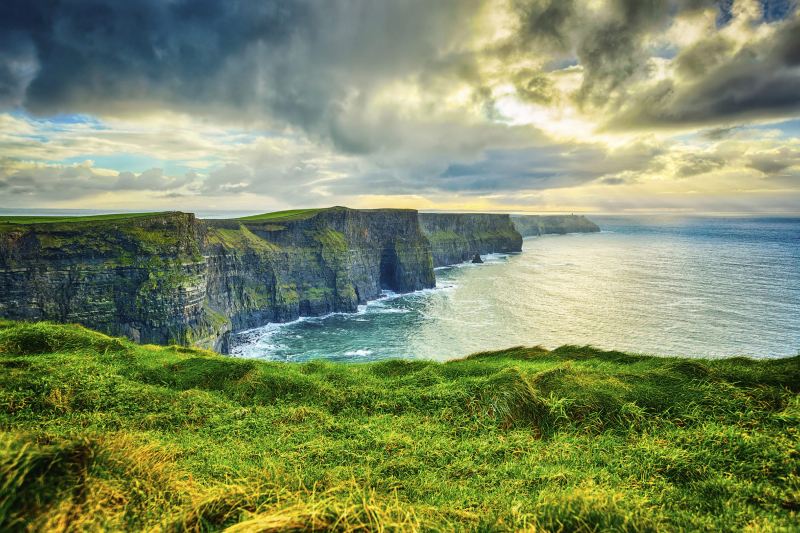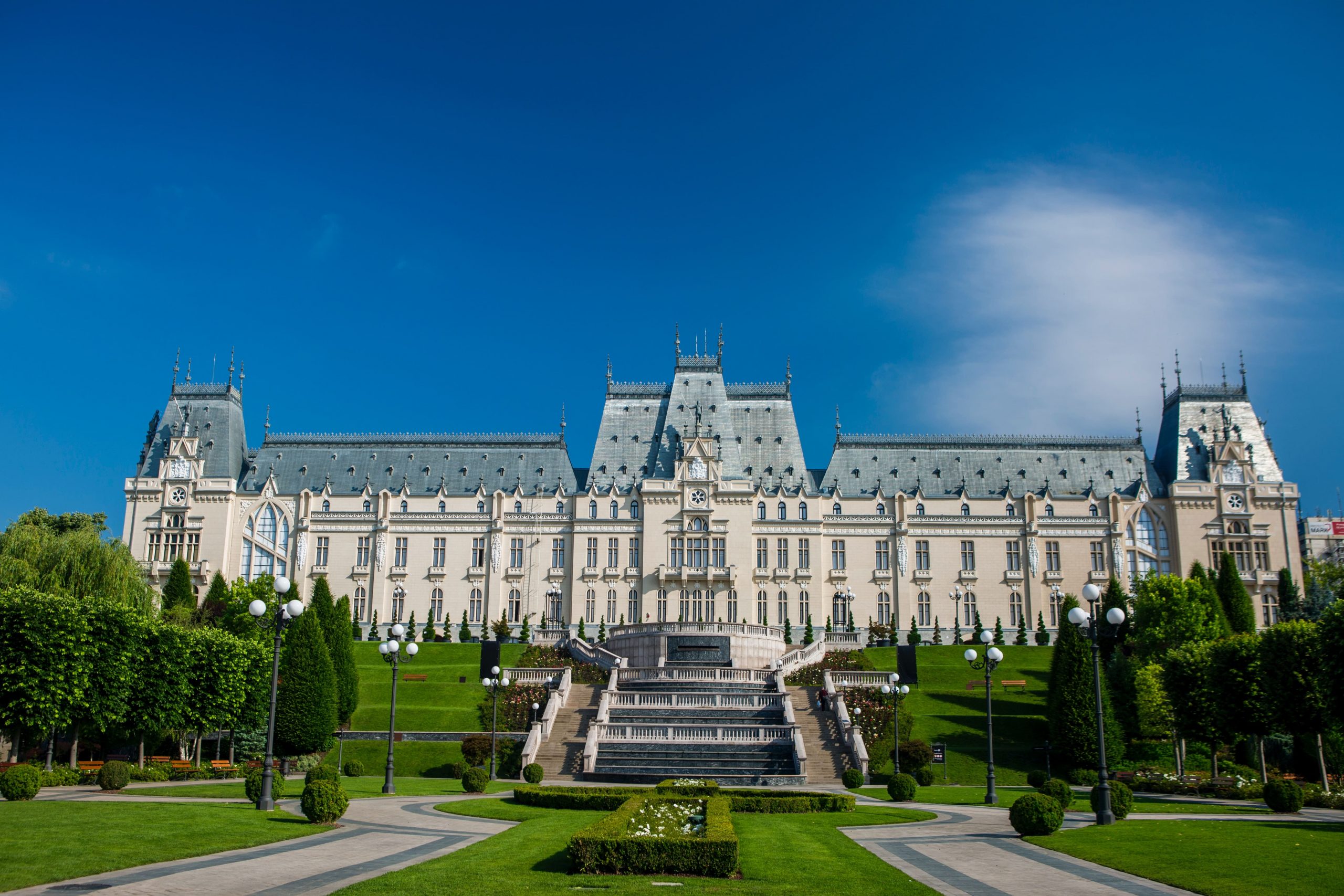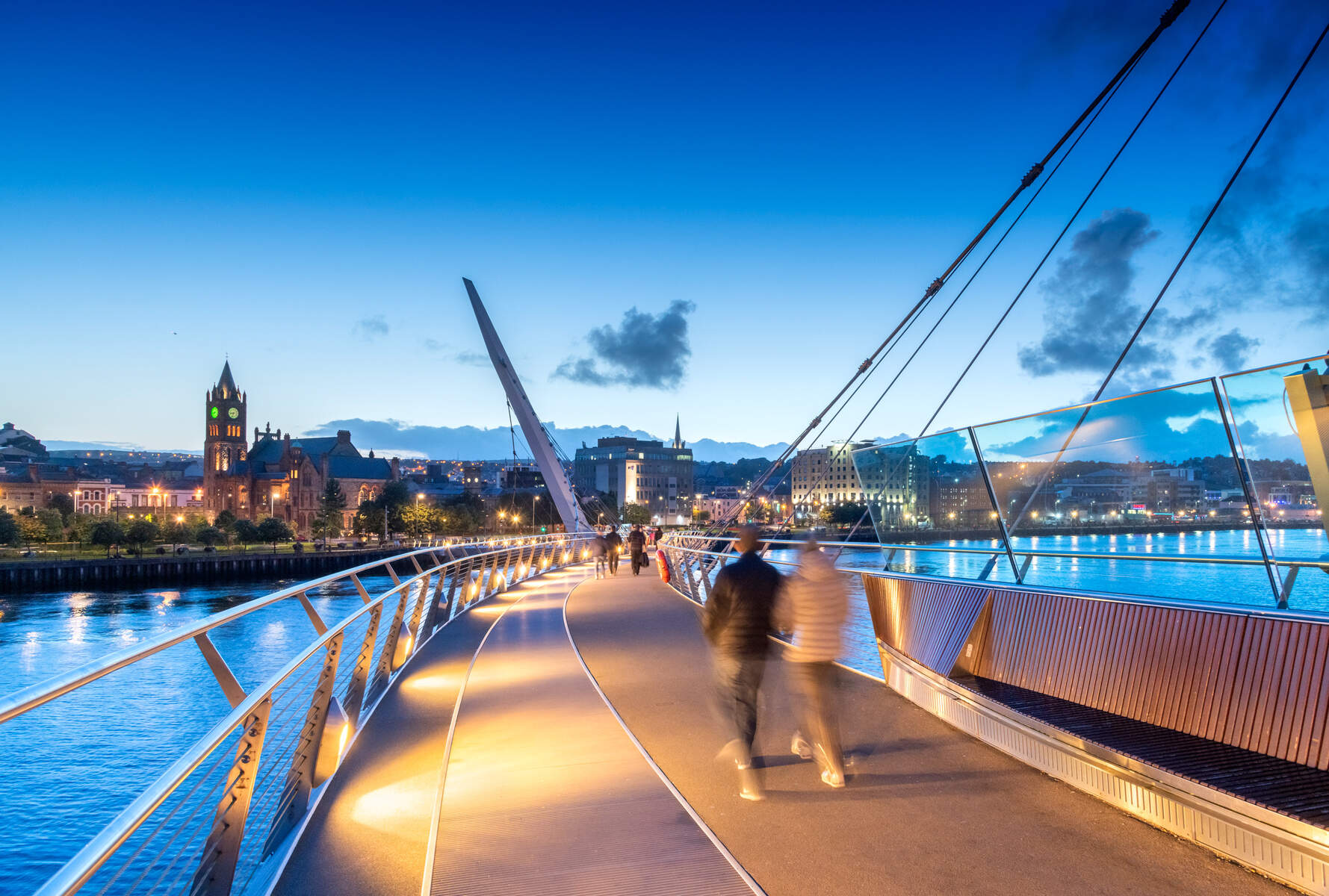Ireland, an island nation located in the North Atlantic, is a country steeped in rich history, vibrant culture, and breathtaking landscapes. From its rolling green hills to its rugged coastlines, Ireland is a destination that has captivated the hearts of travelers and historians alike. In this article, we'll delve into the fascinating world of Ireland, exploring its history, geography, flag, capital, population, and more.
A Brief History of Ireland
Ireland's history dates back to the Mesolithic era, with evidence of human habitation found in the form of ancient monuments and artifacts. The island was later inhabited by the Celts, who brought with them their unique culture, language, and traditions. The arrival of Christianity in the 5th century AD had a profound impact on Irish society, with the establishment of monasteries and the spread of Christian teachings. Ireland's strategic location made it a prized possession for various European powers, including the Vikings, Normans, and British. The country's complex history has shaped its identity and continues to influence its culture and politics today.
Geography and Map of Ireland
Ireland is an island nation, comprising the Republic of Ireland and Northern Ireland. The country is bounded by the Atlantic Ocean to the west, the Irish Sea to the east, and the Celtic Sea to the south. The landscape is characterized by rolling hills, mountains, and valleys, with the highest peak being Carrauntoohil, standing at 1,038 meters. The country's geography has played a significant role in shaping its economy, with agriculture, fishing, and tourism being major contributors. The
map of Ireland reveals a country with a diverse range of landscapes, from the Cliffs of Moher to the scenic Ring of Kerry.
The Flag of Ireland
The flag of Ireland, also known as the Tricolor, is a symbol of national pride and identity. The flag features three vertical stripes of green, white, and orange, representing the country's lush landscapes, peace, and the Protestant and Catholic traditions. The flag was adopted in 1919 and has since become an iconic emblem of Irish heritage.
Capital and Population of Ireland
The capital of Ireland is Dublin, a vibrant city located on the eastern coast. With a population of over 527,000, Dublin is a hub of culture, entertainment, and education. The country's total population is approximately 4.9 million, with the majority residing in urban areas. Ireland's population has been shaped by its history, with significant emigration and immigration influencing the country's demographics.
Interesting Facts about Ireland
Ireland is home to some of the world's most famous literary figures, including James Joyce, Oscar Wilde, and Samuel Beckett.
The country is famous for its traditional music, with the fiddle, bodhran, and tin whistle being popular instruments.
Ireland is home to the Guinness Storehouse, one of the most popular tourist attractions in the world.
The country has a strong tradition of folklore and mythology, with legends of leprechauns and fairies still captivating audiences today.
In conclusion, Ireland is a country that offers a unique blend of history, culture, and natural beauty. From its stunning landscapes to its vibrant cities, Ireland is a destination that has something for everyone. Whether you're interested in exploring ancient castles, sampling local cuisine, or simply soaking up the atmosphere, Ireland is a country that is sure to leave a lasting impression. So why not start planning your trip to the Emerald Isle today and discover the wonders of Ireland for yourself?









